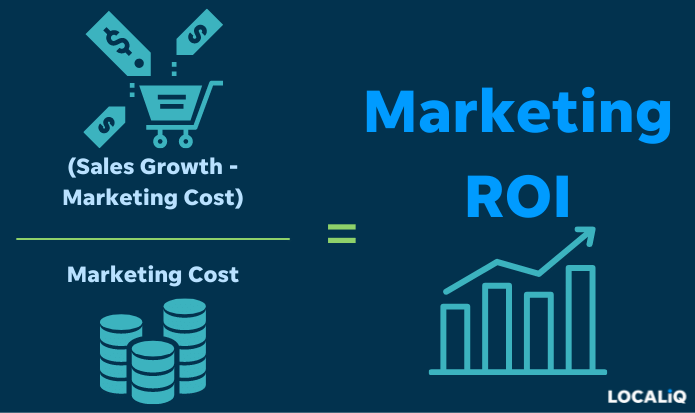 Tired of achieving poor results from your traditional marketing approach? Worried that your sales and marketing efforts are not cost effective? Then it’s time to look at inbound marketing.
Tired of achieving poor results from your traditional marketing approach? Worried that your sales and marketing efforts are not cost effective? Then it’s time to look at inbound marketing.
Traditionally businesses have relied on broadcast style marketing and advertising to create awareness of their existence and offerings. Broadcast marketing, such as television, radio, press, billboards and Yellow Pages, is like using a shotgun. You aim it roughly in the right direction (ie. general target demographic), pull the trigger and hope that you hit the right audience. Of course, you’re also paying to hit some unwilling bystanders (non-target demographic) but that’s unavoidable. You then trust that the people you have hit will react to your efforts.
Inbound marketing turns this approach upside down. It involves discovering where potential customers are searching, positioning yourself correctly so they’ll find you and letting them discover whether you have what they are looking for. Successful inbound marketing can turn your website into a customer magnet, drawing motivated prospects towards your business.
Here are the 9 steps we use at Sticky for a successful inbound marketing plan:
1. Create content
Content is central to any good social media plan. You don’t attract traffic, comments, support or donations if you don’t have information or content as the lure.
Original content is material you might create in-house. It could be a news story, information piece, blog post, video or images. It doesn’t have to be lengthy material, in most cases shorter is better. But it does need to be regular material.
2. Post content
Your website should be the main location for posting content. Regular content drives regular traffic to that site. It creates return habits and subscriptions.
3. Optimise content
Every piece of content is another potential search result on Google, Bing and Yahoo. Optimizing each post, news item, image or video provides you with another opportunity to be found in relevant searches. By optimizing all your content for your target keywords you can substantially increase traffic.
4. Promote content
Once content is published and optimised on your chosen site, its time to promote it to your social networks. Word your message carefully. Use strong descriptions, emotive language and ask for action. The right wording can drive very strong responses. If you get a poor initial response, review the wording and try again.
5. Enable social sharing
Its crucial to make it as easy as possible for viewers to share your content with their followers and friends. Embed Twitter ReTweet and Facebook Share buttons on each post on the website. Consider other social network share options at the bottom of each post on your website (there are dozens of them) to make it easy for people to spread to their favourite networks.
6. Ask for action
If you don’t ask, you rarely receive. Depending on the nature of the content you are promoting you could ask for comments, feedback, to sign-up as supporters, to share your information or even (drum roll please) to purchase.
7. Monitor traffic and comments
Once content has been published and promoted you must ensure that you follow the ensuing activity, especially in the initial period when traffic will be highest. This is the time to engage with your audience and build the relationships.
8. Study results
Study the analytics of all your sites and social networks to see what works and what doesn’t. This will help inform future efforts. Your online efforts must have goals and these results are the way you measure them.
9. Repeat process
The most important thing is to be consistent and have a long-term view. Good inbound marketing has a cumulative effect and requires regular attention. Repeat these steps frequently.
There you have it, the Sticky Inbound Marketing Plan. We have found it the most effective way to create meaningful traffic, inquiries and business, and are confident you can too.








